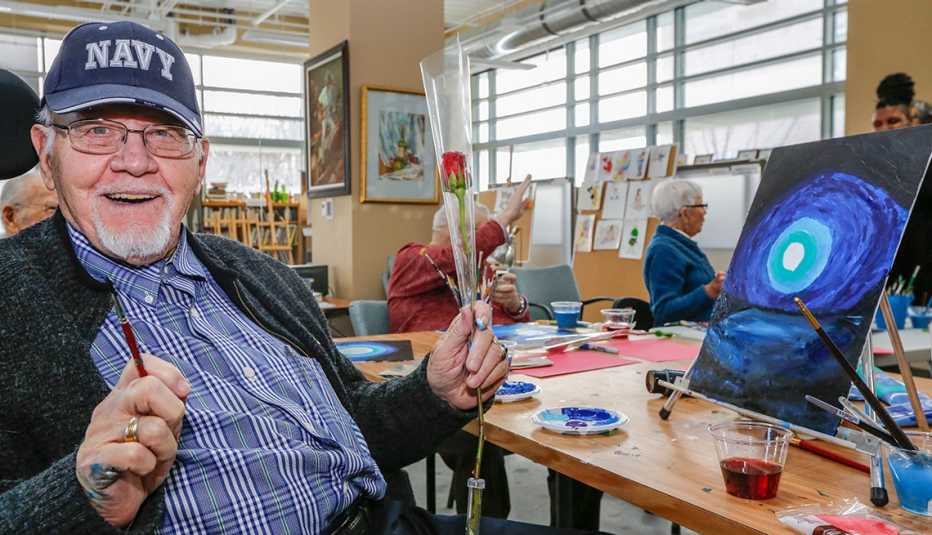AARP Hearing Center


The Armed Forces Retirement Home is a well-kept secret, even among veterans. More than 200 former enlisted men and women reside on the sprawling, off-the-beaten-path, gated campus in Washington, D.C.
The former soldiers, sailors, airmen, Marines and Coast Guardsmen who live here served in conflicts dating to World War II. A majority are Vietnam veterans, while other residents wore the uniform in Korea, Grenada, Desert Storm, Iraq and Afghanistan. Although combat duty isn’t required, 20 years of service is the top criterion.
Affordability and amenities are big draws. The grounds boast a nine-hole golf course, a softball diamond, fishing ponds, a bowling alley, a pool, a gym, pickleball courts, a library and two chapels.
Seven centenarians in residence
“This is, first of all, a beautiful place. I wouldn’t want to be any other place on this earth than right here,” says Emmy Lu Daly, 100, one of seven centenarians in residence. “To me, it’s a sanctuary.”


Nearly 9 in 10 residents are men. Women who served before June 12, 1948, when women won a permanent place in the military, need not to have put in 20 years. Daly, a yeoman, served in the Navy as a member of the WAVES (Women Accepted for Volunteer Emergency Service) at a supply depot in Utah during WWII. Her responsibilities included driving a jitney and collecting parts needed to build and repair ships.
The residents, on average, are 83 years old. James A. Diamond, at 92, is almost a decade older. He’s a “Soldier for Life,” as his ball cap says.






































































More From AARP
The Financial Toll Behind Military Caregiving
Caregivers of veterans spend 1.5 times more on average
A Caregiver's Story: The Struggle to Link Dementia to Military Service
Navigating the maze of VA benefits is a challenge many veterans faceHow to Make a Wish of a Lifetime Come True for a Veteran
AARP-affiliated group determined to celebrate sacrifice in uniform